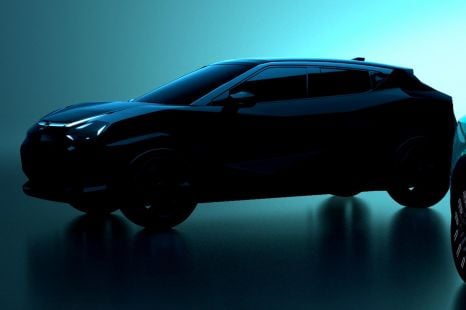

Damion Smy
Nissan Juke EV will use Leaf platform, due in 2026 - report
10 Hours Ago
Want an airy cabin with an open sky feeling without buying a convertible? Sunroofs are the way to go.

Contributor
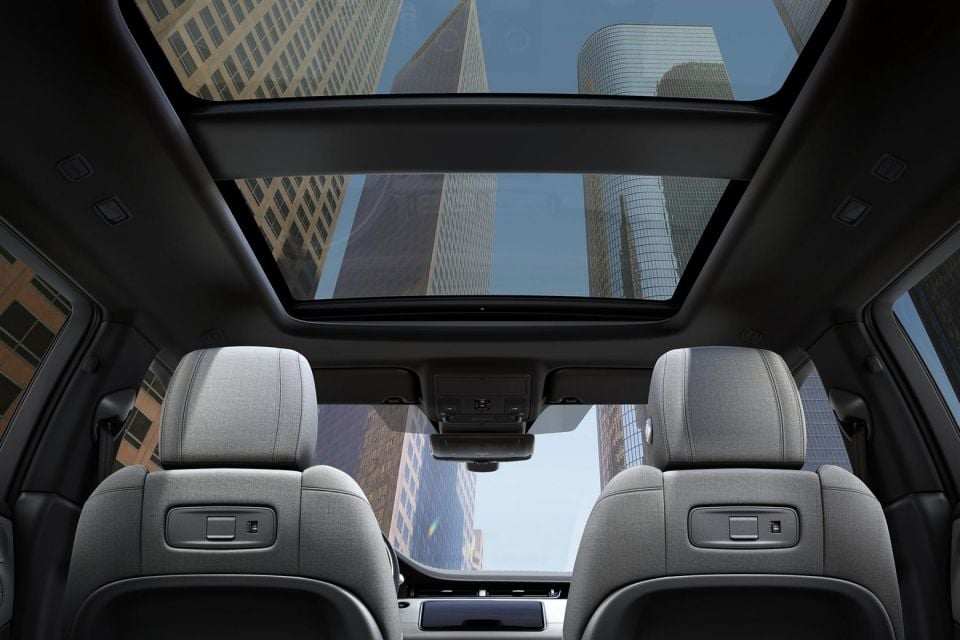

Contributor
To automotive marketers, there’s perhaps nothing more magical than driving along a scenic road and being able to look up and see the mystical night sky.
As such, sunroofs have long been a mainstay of the automotive industry, with cars being fitted with sliding roof systems as early as the 1920s.
The 1953 Lincoln XL-500 concept car (below) then debuted a full, panoramic glass roof to provide those uninterrupted views while being shielded from the elements, with a smaller fixed glass roof appearing in the 1954 Ford Crestline Skyliner.
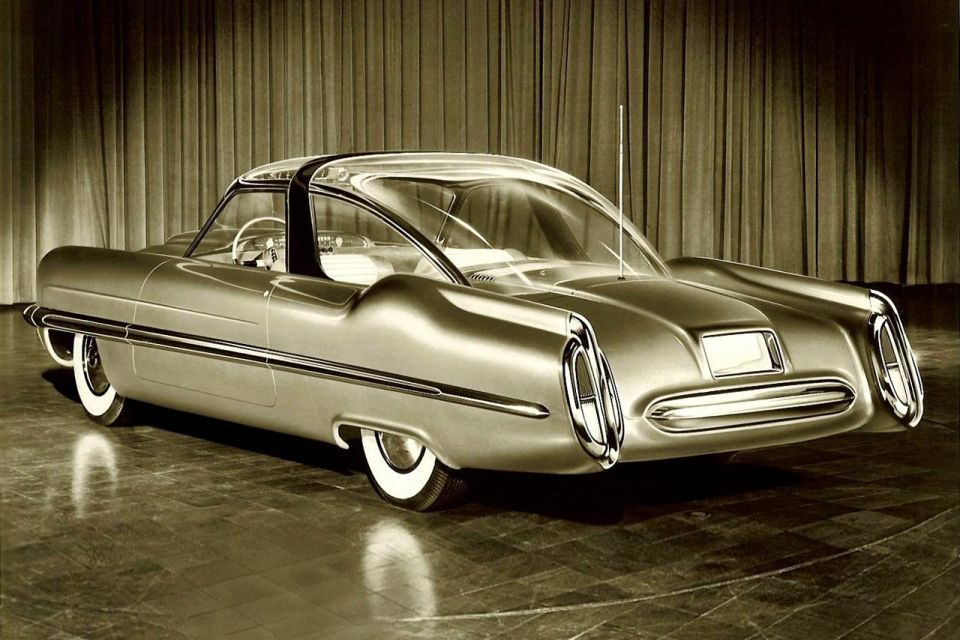
Today, sunroofs are available in a variety of formats. This includes the standard sliding sunroof, as well as sliding and fixed panoramic glass sunroofs.
Models from some brands, such as Tesla, feature an even larger fixed glass roof. Another option is to look for a vehicle featuring a ‘targa’ roof, as seen on certain Porsche 911 models.
These effectively act as a halfway point between a sunroof and a full convertible car.
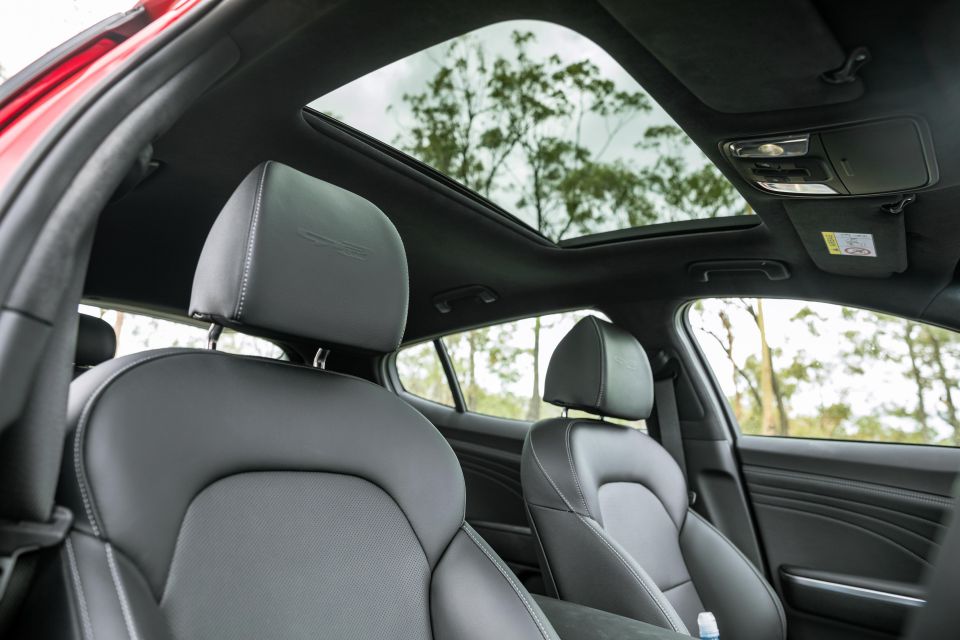
These are the most common types of sunroofs, and consist of a sliding metal or glass panel located above the driver and front passenger. Usually controlled electronically by pushing a button or holding a switch, these sunroofs have two main modes of operation.
The first is a tilt function, whereby the rear of the panel simply tilts up, effectively acting as a vent to let in fresh air. The second is a slide function, allowing the panel to slide open completely and let in more sunlight and give vehicle occupants a greater open-air feeling.
In many cases, these sunroofs also incorporate a wind deflector that pops up on the leading edge of the panel when the slide function is activated, to minimise noise, draughts and buffeting if the sunroof is open at motorway speeds.
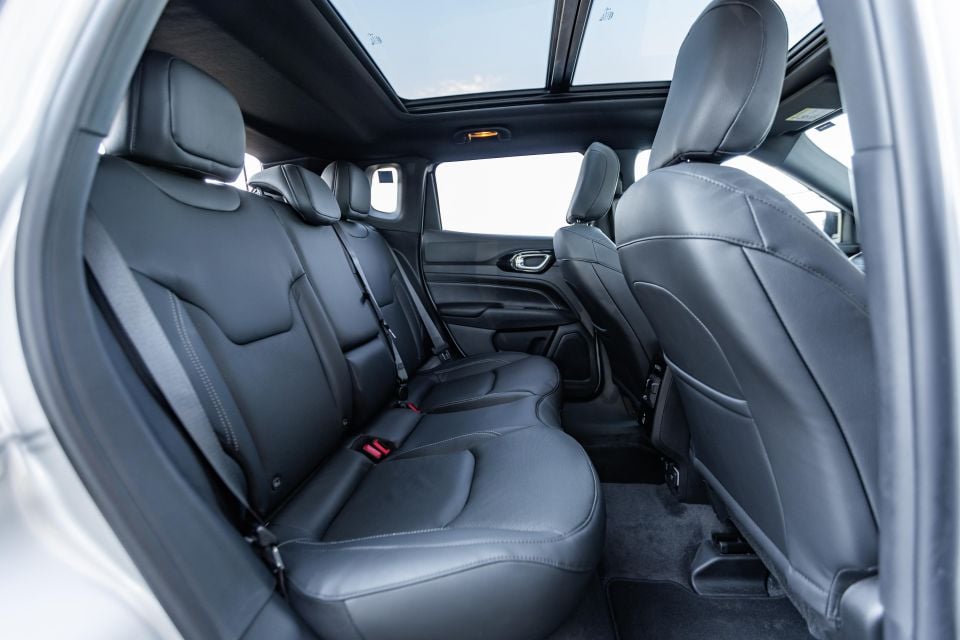
As implied by their name, panoramic glass roofs expand that airy interior feeling by extending backwards into the rear passenger area.
There are arguably three main types of panoramic sunroof. The first is a standard, fixed glass roof that consists of a single, uninterrupted piece of glass extending from the front to the rear passenger area, allowing all occupants a view of the sky above.
In contrast, a dual-pane panoramic sunroof divides the glass area into two panels. The rear panel is fixed, whilst the front panel is openable with tilt and slide functionality similar to a standard sunroof as described above.
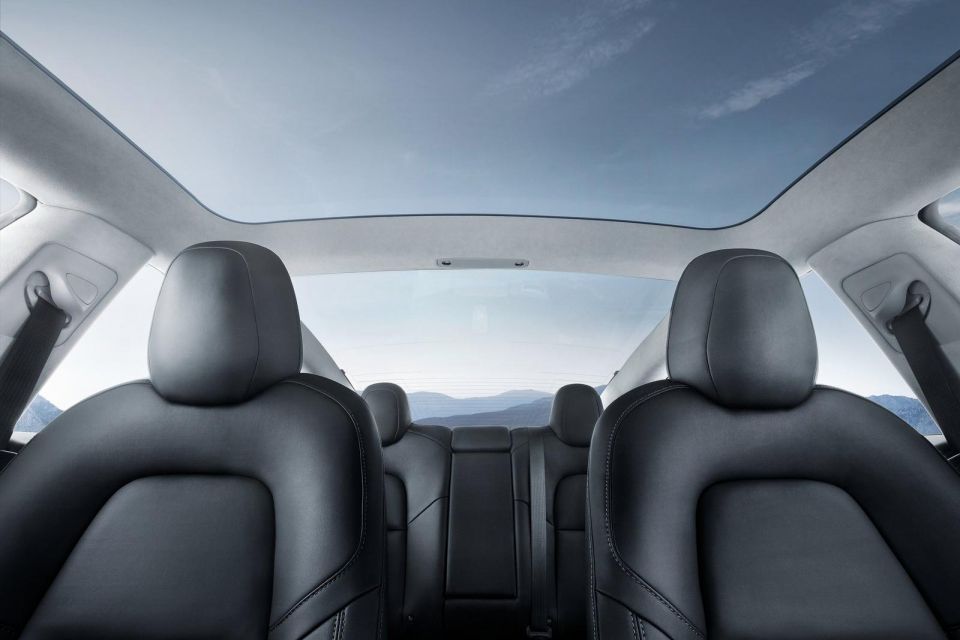
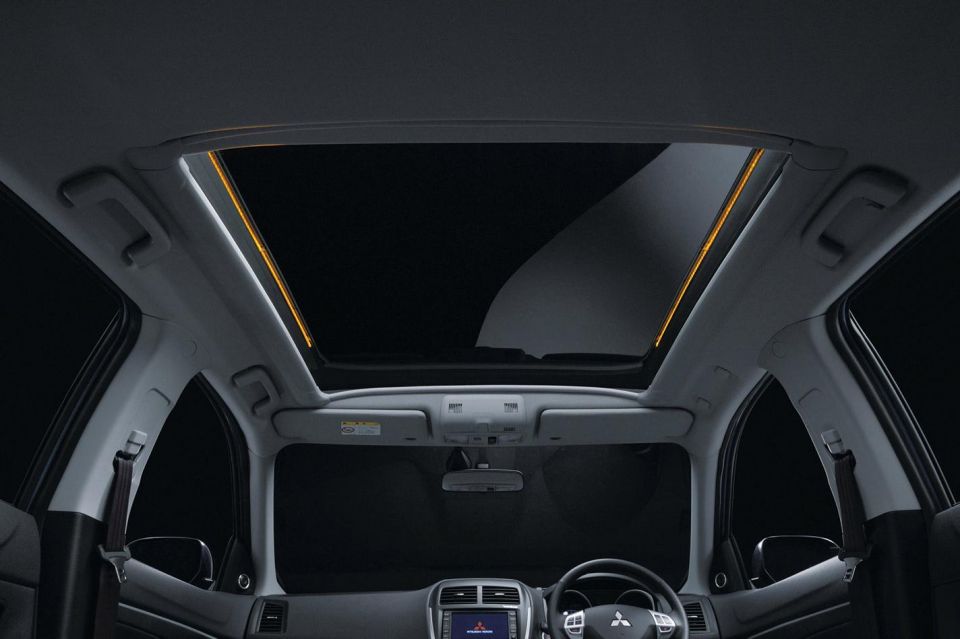
Models from carmakers such as Tesla expand on the fixed glass roof concept by having an ‘all-glass roof.’ In vehicles such as the Model 3 and Model Y, this enables even greater visibility of the surrounding environment as the glass extends beyond the rear pillar.
Instead of one large panoramic sunroof, some carmakers – like Hyundai with its Palisade – offer vehicles with two separate sunroofs: one over the front row, and one further back in the cabin.
Some carmakers have historically offered even more, Nissan in the US, for example, previously offered its Quest people mover with five separate sunroofs.
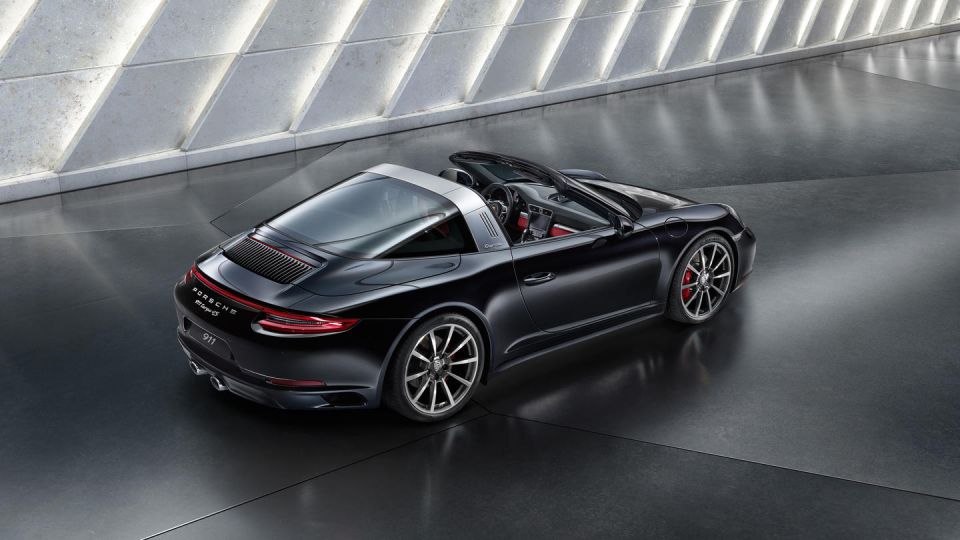
Targa tops are another alternative to sunroofs that perhaps act as a halfway point between a sunroof and a full convertible. The targa roof style is typically used on sporty 2-door cars, and consists of an openable roof coupled with a fixed anti-roll bar and rear windscreen behind the seats.
This differs from a traditional convertible, where the entire roof (including the rear windscreen is stowed away.
The most famous car to feature the targa top remains the Porsche 911 Targa which popularised the concept, and is named after the Targa Florio endurance race in Italy that Porsche excelled at.
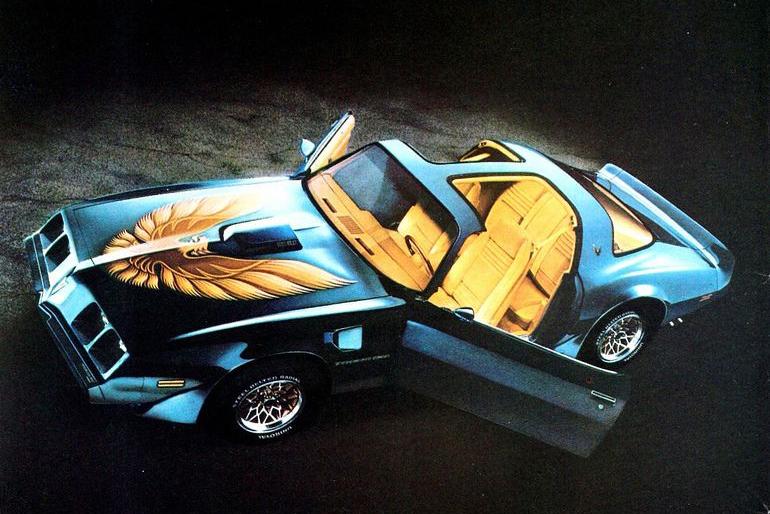
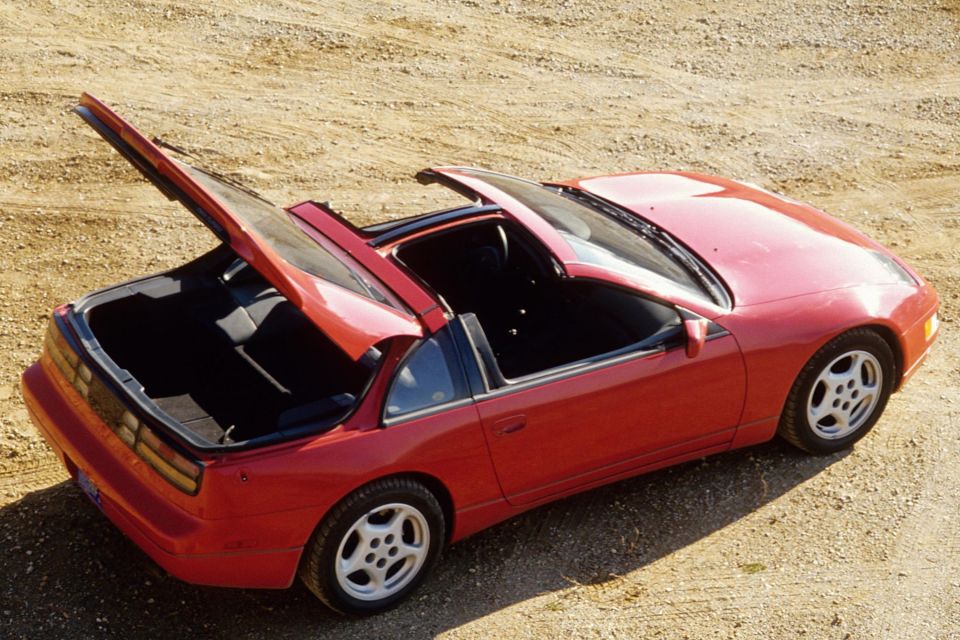
A somewhat similar concept that was especially popular during the 1970s and 80s is the T-bar roof style. This design features a central structural bar joining the top of the front windscreen to the rear buttresses behind the seats, to which removable roof panels could be affixed to.
Popular models at the time that used a T-bar roof include the Nissan 300ZX, second-generation Toyota MR2, Chevrolet Corvette and the Chevrolet Camaro and Pontiac Firebird.
Today, models available with a targa top include the eponymous Porsche 911 Targa, as well as the Mazda MX-5 RF and the latest C8 Chevrolet Corvette.

Although a sunroof provides the benefits of a more open, light-filled interior, it may not be the best option for those seeking maximum practicality or performance.
Practicality wise, sunroofs typically eat into headroom, and this is especially the case for models with conventional sliding sunroofs or dual-pane panoramic sunroofs, as the sunroof motor and tilt/slide mechanism all require extra space compared to a normal metal roof.
With regard to performance, the combination of glass, the sunroof motor and associated mechanisms as described above also increase weight compared to a conventional roof.
As this weight is located on the top of the car, the vehicle’s centre of gravity may also be adversely affected, compromising at the limit handling and vehicle dynamics.

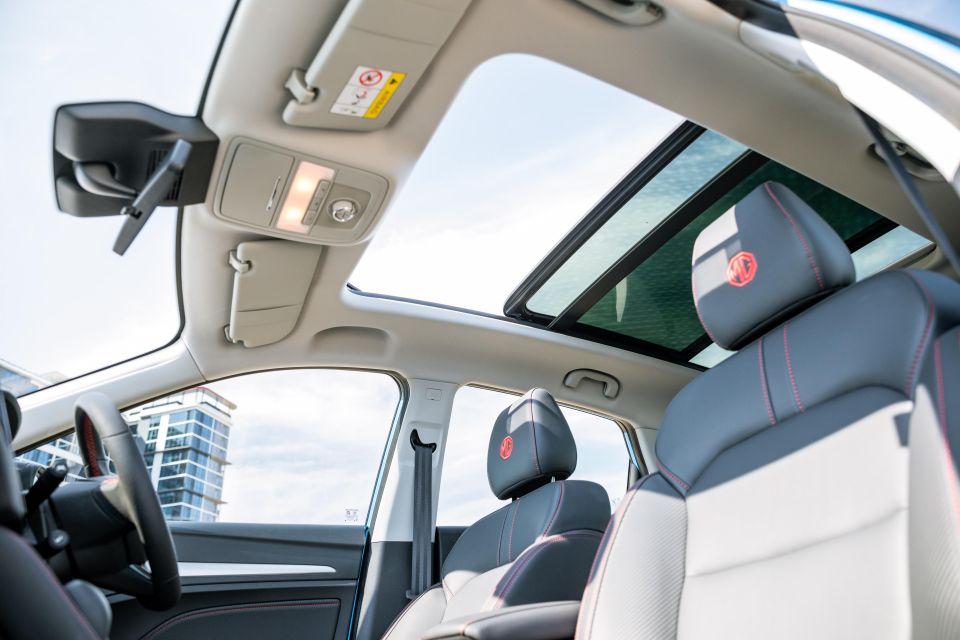
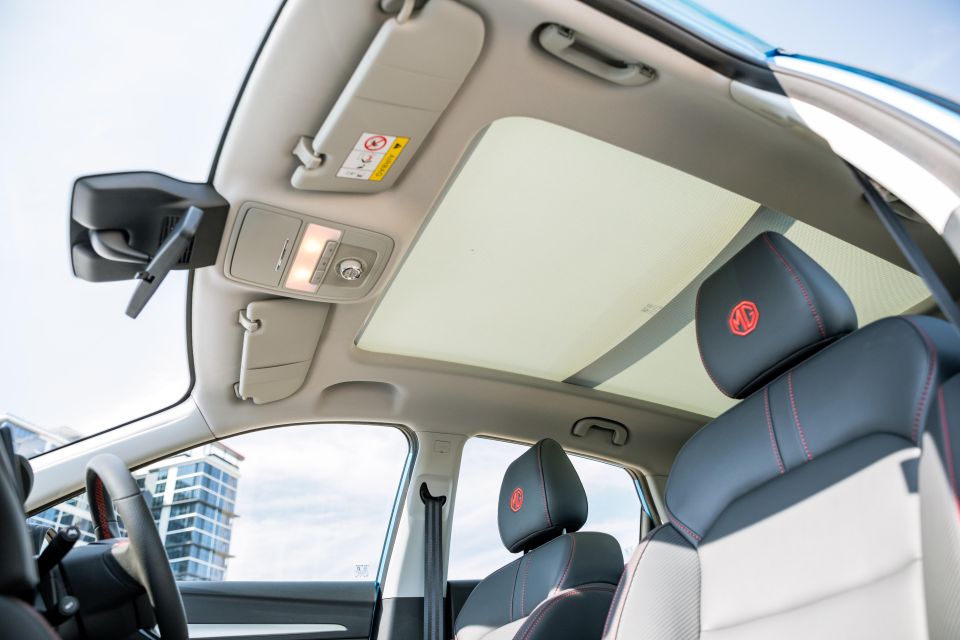
For the same reasons, certain performance cars such as the latest BMW M3 and M4 are available with carbon-fibre roofs to reduce weight and lower the centre of gravity.
As targa tops in particular feature a partially removable roof (along with the weight of the mechanism to remove and stow the roof), vehicle rigidity, and therefore dynamics and handling, may also be compromised compared to a coupé or fixed roof variant of the same car.
Sunroofs and targa tops may also bring with them rattles and even leaks. Some sunroofs also have thin shades, which means too much heat enters the cabin on sunny days.
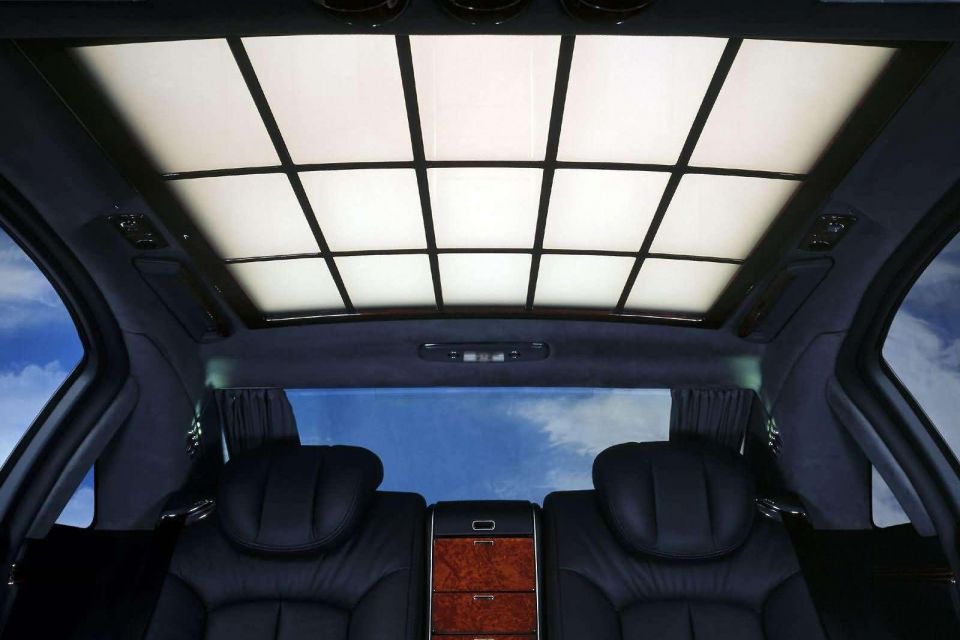
Touch and voice controls to operate various aspects of a car are increasingly becoming the norm, and the operation of the sunroof is no exception.
Certain models from Mercedes-Benz and Volkswagen can now operate the sunroof by voice command, to the extent that a phrase such as ‘Hey Mercedes, open the sunroof’ will slide open the sunroof.
Rather than a typical button or switch, models from these brands may also feature touch-sensitive controls, where swiping an overhead panel with a finger can slide or tilt the sunroof.
Perhaps a more useful innovation is the ability to control the opacity of the roof through the use of a liquid crystal layer applied to the glass. First commercialised in the Maybach 57 and 62 S, the panoramic roofs in these models feature a plastic liquid crystal membrane.
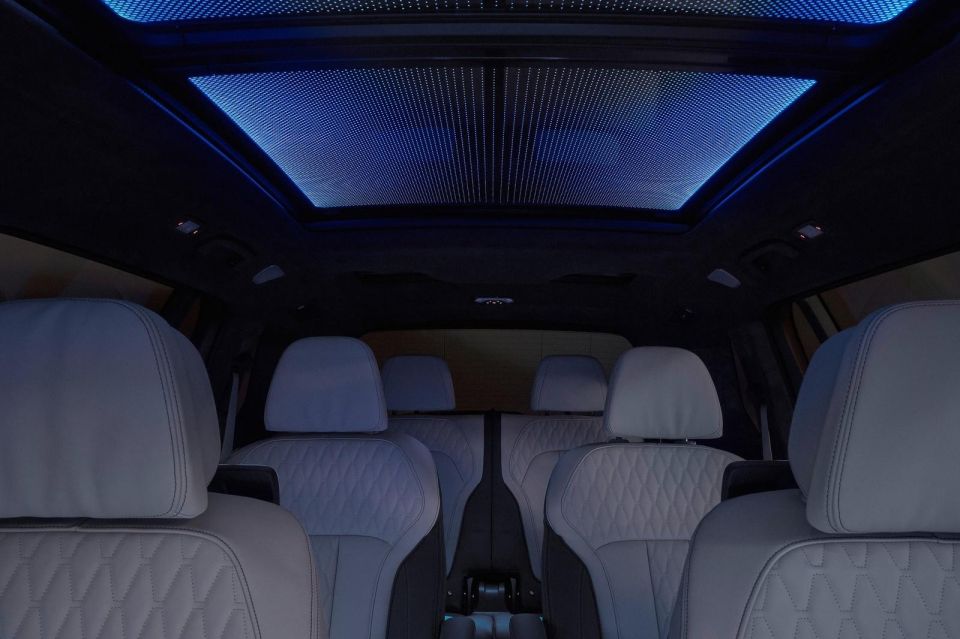
The application of an alternating current causes the crystals to rearrange themselves in a manner that the roof becomes transparent.
When the ignition is turned off, the crystals change their arrangement to become opaque, creating a pleasant, diffused glow when sunlight strikes the roof. The latest BMW iX uses similar technology to produce a shading effect at the push of a button.
Certain other BMW models such as the X5 and X7 feature what BMW calls the ‘Sky Lounge’, which integrates up to 15,000 LEDs into the panoramic roof. These produce a glow that can change in line with the interior ambient lighting colour chosen.


Damion Smy
10 Hours Ago
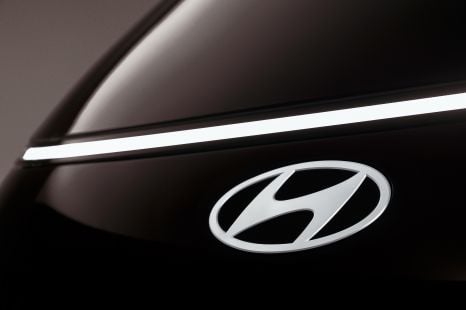

Damion Smy
13 Hours Ago
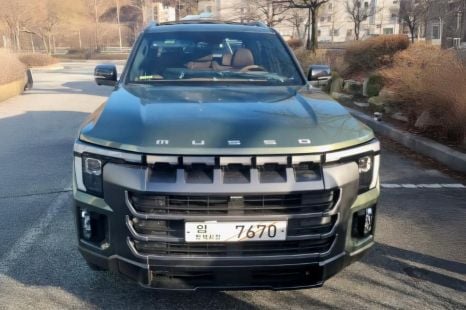

Damion Smy
17 Hours Ago


Damion Smy
19 Hours Ago
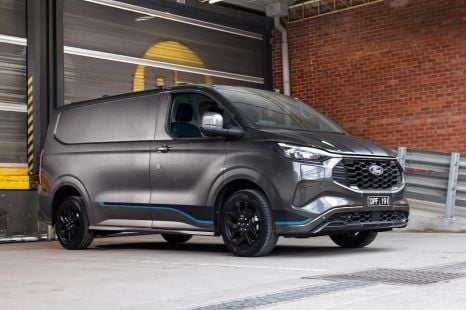

Damion Smy
19 Hours Ago
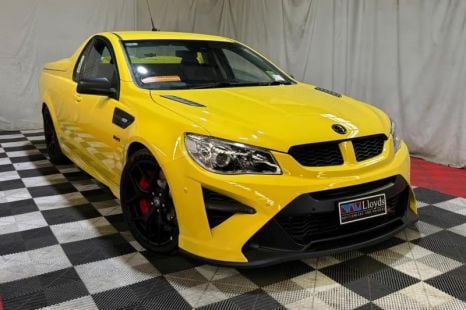

Damion Smy
19 Hours Ago